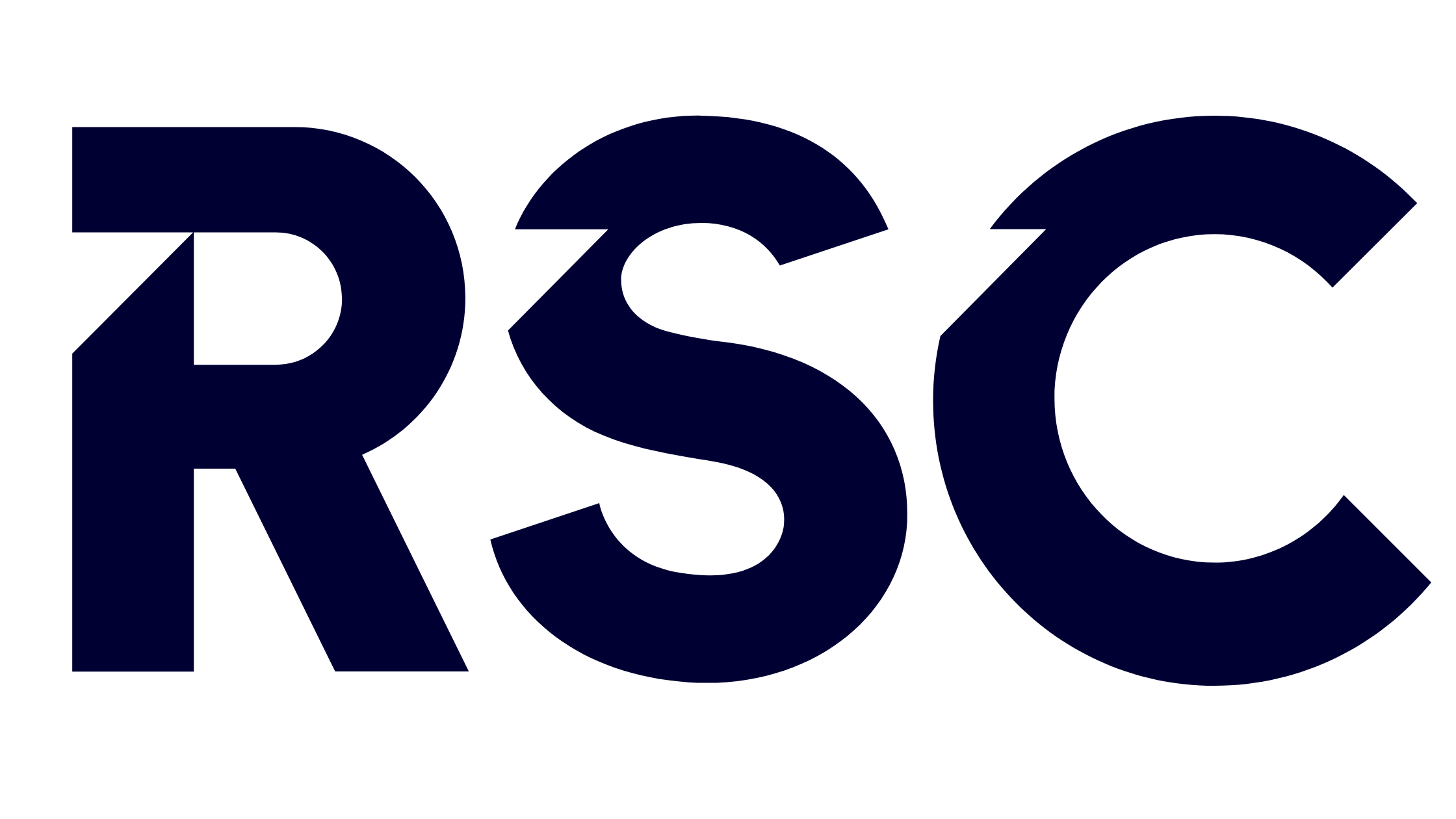Training your employees well and giving them honest, helpful feedback is essential to creating an environment where they can do their best work and succeed on the job. In order to truly evaluate your employees’ strengths and weaknesses, you need to know what goals you want them to accomplish in the coming year, then use that information to determine whether they’re making progress toward those goals and what else you can do to help them succeed at their job. Here are five tips for conducting performance reviews as part of your employee training process.
Preparing for the Meeting
Before getting started, make sure you have all your notes and are familiar with your employees’ strengths and weaknesses. It can also be helpful to put together an overview of expectations for them as individuals and as a team so that you can ensure that what they are doing is aligning with those expectations.
This will also give them something to refer back to if there are ever any questions or concerns in the future. If someone comes into a performance review expecting one thing but getting another, it can easily throw their confidence or even hurt their motivation to do their best work in the future. Conducting an honest yet kind performance review isn’t always easy, but it’s necessary if your team is going to continue working towards greater success each day.
The First 15 Minutes of the Meeting
If you have someone working for you for years, it might be tempting to skip to what she did well and move on to how she can improve next time. But take those first 15 minutes to get an idea of how things are going from her perspective. Focus on her successes and ask her about her work environment: Is there anything that she really likes or doesn’t like in particular? How are your teams structured? What do they need more of—tools, resources, support? Are they co-located or remote? Then go into what she did well and what improvements could be made.
If you don’t know where to start with strengths and weaknesses, try these two approaches: 1) Start by asking about your employee’s most recent projects. Ask her to tell you about her last three assignments; write down each one. When she is done, review them and see which one(s) align best with her strengths, which may point out potential blind spots for development planning. 2) You could also start by having her list three tasks she feels very competent at doing (Strengths), three tasks he does okay at doing (Development Areas), and finally, three areas where she needs help improving (Areas for Improvement). This is a good tool to use in conducting a performance review and during conversations throughout the year as part of regular professional development check-ins or coaching sessions.
Feedback Time
A performance review is an opportunity to learn about your employee’s strengths and weaknesses. You should walk away from each meeting with specific steps that you want your employee to take to improve. To start, ask yourself these questions: What do I need my employees to know? What skills do they need to develop? How can they better utilize their strengths and areas of improvement?
Finally, be sure you give specific examples—and feedback on areas of improvement—that will help move your employees in a positive direction and make them more successful. Make sure your performance review incorporates all of these tips so that it leads to success in both business and career development!
The Next 30 Minutes
When possible, the best way to conduct an employee performance review is in person. It builds trust, but it also allows you to read body language, which can provide valuable insight into what they’re actually saying. If that’s not an option (or you want to set up reviews far in advance), then consider video conferencing or sending written feedback. Sending updates and progress reports can also help. A weekly email or check-in with certain employees has proven helpful for many managers and employees alike—even if you don’t do so each week or use formal language like a performance review. In many cases, a short note of thanks or praise goes a long way towards retaining talent and building camaraderie.
Most importantly, though: Simply just listening, Brancheau says. So often I hear leaders who have never had their own performance reviewed being very dismissive about how hard it is. Practice active listening during these sessions to make sure your employee feels heard and understood as well as valued and supported. (Leaders say empathy leads to great employee retention.) It’ll only take 30 minutes, so think about setting aside time today for something small like writing them a thank-you note, taking them out for coffee, or even simply telling them “good job!” at least once a month.
Wrapping Up
Once you’ve conducted your performance review, remember to follow up with any changes that need to be made and schedule another meeting if needed. It’s essential to address any performance issues right away so that they don’t become more significant problems in the future.
Conducting an annual performance review is a great way to help employees achieve their potential and stay on track for long-term success—so make sure to put some time aside once a year, set aside emotions, and have an honest discussion about how you can work together moving forward. By following these five tips, your next performance review will go smoothly!




